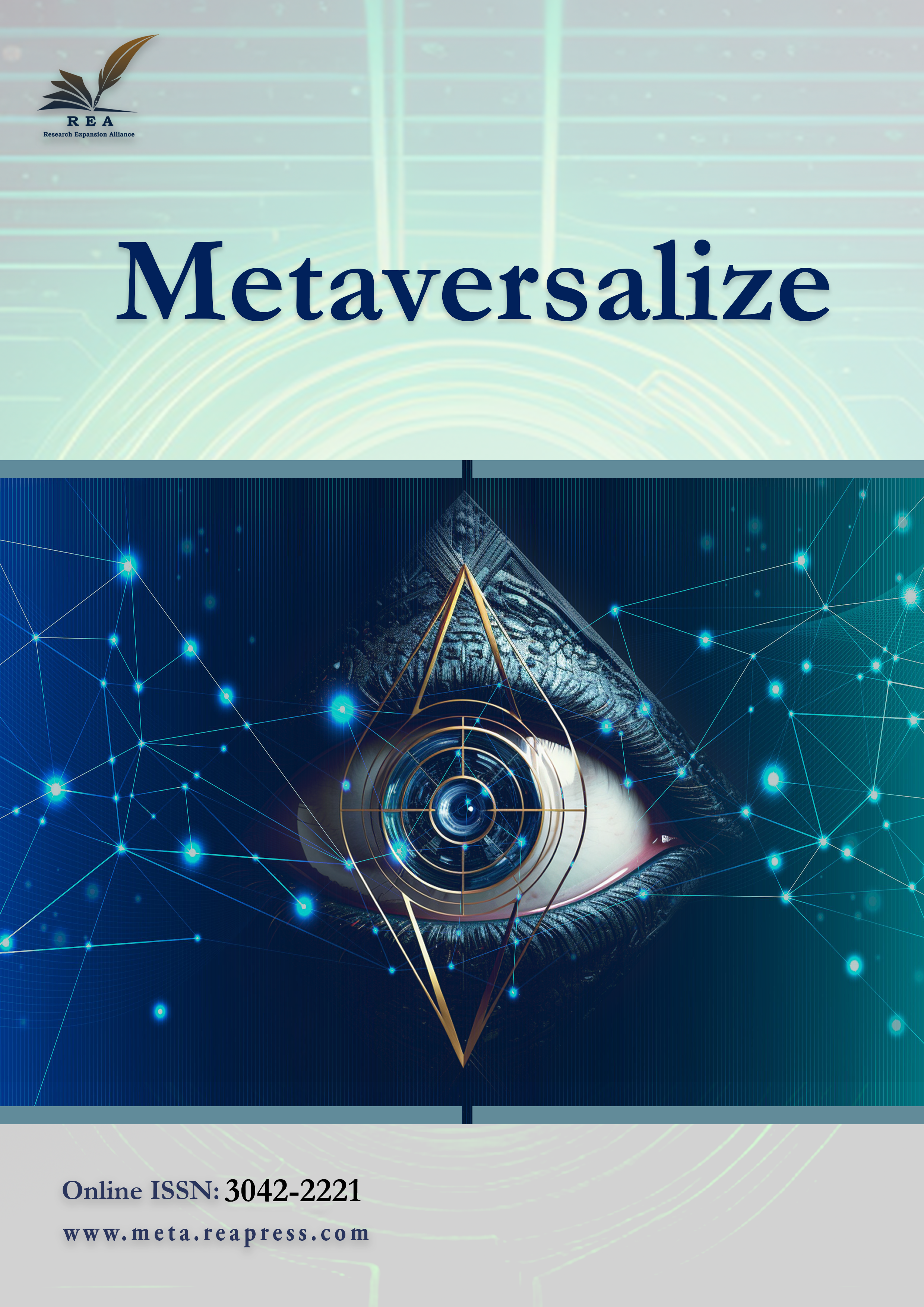Database security in psychiatry: leveraging large language models and blockchain for secure data management
Abstract
In the current digital age, effectively managing psychiatric data has emerged as a significant challenge due to the highly sensitive nature of the information involved—from personal histories to therapy notes, behaviors, and diagnostic results. Unauthorized access or mishandling of this data could result in privacy violations, discrimination, and a further decline in trust in mental health systems. This paper examines how two disruptive technologies—Large Language Models (LLMs) and Blockchain—collaborate to overcome these challenges. LLMs are particularly adept at processing unstructured data, offering in-depth and insightful clinical analytics for tailored mental health interventions while ensuring patient confidentiality is upheld. Blockchain technology guarantees data integrity, immutability, and decentralized storage, enhancing security and enabling controlled access to sensitive psychiatric records. The merger of these technologies will create a secure, efficient, and privacy-respecting system for managing psychiatric data, which will enhance clinical decision-making and safeguard patient trust. The suggested framework will incorporate a Blockchain-based decentralized storage component, a data analytics layer supported by LLMs, and a secure interface for regulated access to data that adheres to ethical and regulatory standards. This integration represents a significant advancement in addressing the unique challenges associated with managing psychiatric data in healthcare.
Keywords:
Large language models, Secure data storage, Privacy-preserving, BlockchainReferences
- [1] Small, S. S., Hohl, C. M., & Balka, E. (2021). Patient perspectives on health data privacy and implications for adverse drug event documentation and communication: Qualitative study. Journal of medical internet research, 23(1), e21452. https://doi.org/10.2196/21452
- [2] Chang, Y., Wang, X., Wang, J., Wu, Y., Yang, L., Zhu, K., … ., & Xie, X. (2024). A survey on evaluation of large language models. ACM transactions on intelligent systems and technology, 15(3), 1–45. https://doi.org/10.1145/3641289
- [3] Habib, G., Sharma, S., Ibrahim, S., Ahmad, I., Qureshi, S., & Ishfaq, M. (2022). Blockchain technology: Benefits, challenges, applications, and integration of blockchain technology with cloud computing. Future internet, 14(11), 341. https://doi.org/10.3390/fi14110341
- [4] Geren, C., Board, A., Dagher, G. G., Andersen, T., & Zhuang, J. (2025). Blockchain for large language model security and safety: A holistic survey. ACM SIGKDD explorations newsletter, 26(2), 1–20. https://doi.org/10.1145/3715073.3715075
- [5] Xu, P., Lee, J., Barth, J. R., & Richey, R. G. (2021). Blockchain as supply chain technology: Considering transparency and security. International journal of physical distribution & logistics management, 51(3), 305–324. https://doi.org/10.1108/IJPDLM-08-2019-0234
- [6] Xue, Q. (2024). Unlocking the potential: A comprehensive exploration of large language models in natural language processing. Applied and computational engineering, 57, 247–252. https://doi.org/10.54254/2755-2721/57/20241341
- [7] Murugan, J. N. K., Madarampalli, P. V., & Yadav, S. R. (2025). Database security in psychiatry: Leveraging large language models and blockchain for secure data managemente data management. Metaversalize, 2(1), 1–10. https://meta.reapress.com/journal/article/view/44
- [8] Lawrence, H. R., Schneider, R. A., Rubin, S. B., Matarić, M. J., McDuff, D. J., & Bell, M. J. (2024). The opportunities and risks of large language models in mental health. Journal of medical internet research mental health, 11(1), e59479. https://doi.org/10.2196/59479
- [9] Agbo, C. C., Mahmoud, Q. H., & Eklund, J. M. (2019). Blockchain technology in healthcare: A systematic review. Healthcare, 7(2), 56. https://doi.org/10.3390/healthcare7020056
- [10] Rieke, N., Hancox, J., Li, W., Milletarì, F., Roth, H. R., Albarqouni, S., … ., & Cardoso, M. J. (2020). The future of digital health with federated learning. Npj digital medicine, 3(1), 119. https://doi.org/10.1038/s41746-020-00323-1
- [11] Hanna, M. G., Pantanowitz, L., Jackson, B., Palmer, O., Visweswaran, S., Pantanowitz, J., … ., & Rashidi, H. H. (2025). Ethical and bias considerations in artificial intelligence/machine learning. Modern pathology, 38(3), 100686. https://doi.org/10.1016/j.modpat.2024.100686
- [12] Davey, G. C. (2021). Psychopathology: Research, assessment and treatment in clinical psychology. John Wiley & Sons. https://b2n.ir/zb2294
- [13] Politou, E., Casino, F., Alepis, E., & Patsakis, C. (2021). Blockchain mutability: Challenges and proposed solutions. IEEE transactions on emerging topics in computing, 9(4), 1972–1986. https://doi.org/10.1109/TETC.2019.2949510
- [14] Boi, B., Esposito, C., & Lee, S. (2024). Smart contract vulnerability detection: The role of large language model (LLM). ACM SIGAPP applied computing review, 24(2), 19–29. https://doi.org/10.1145/3687251.3687253






